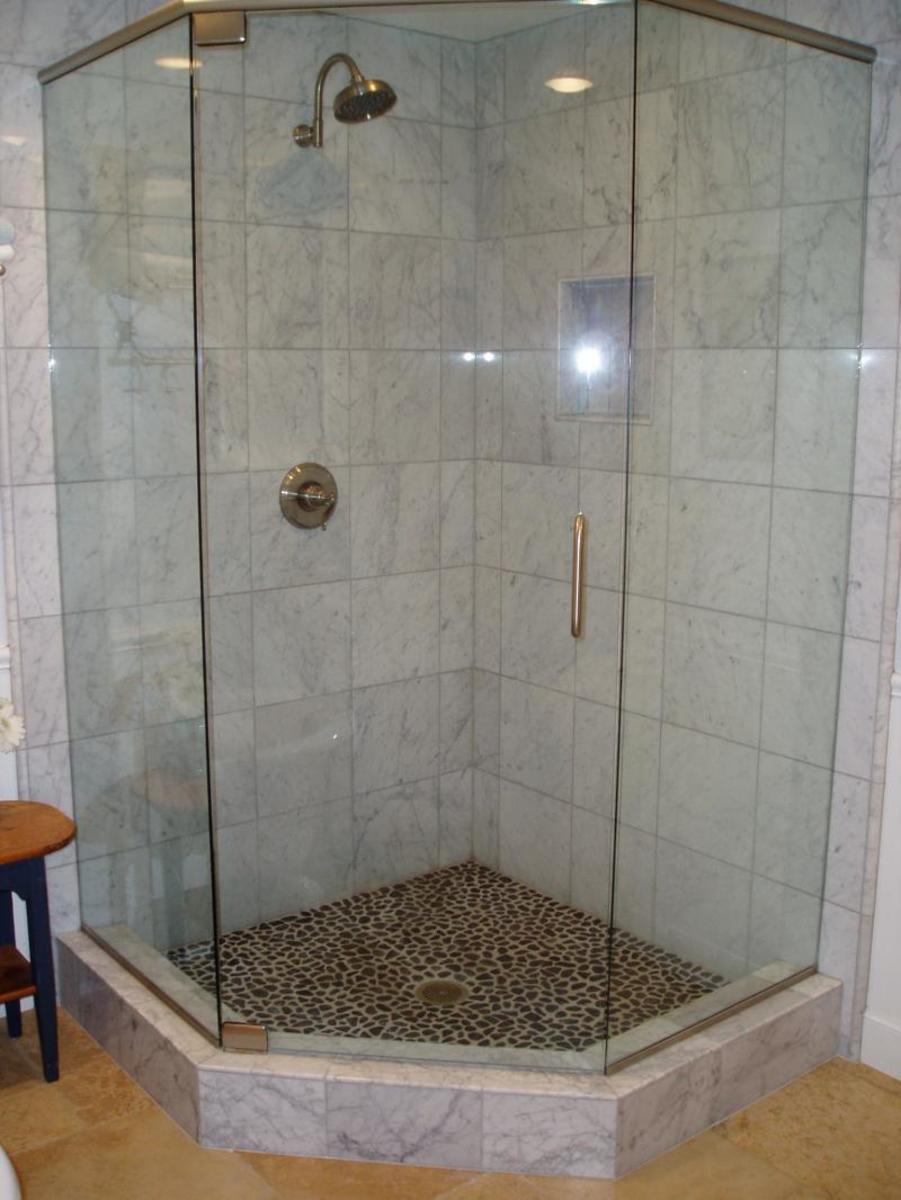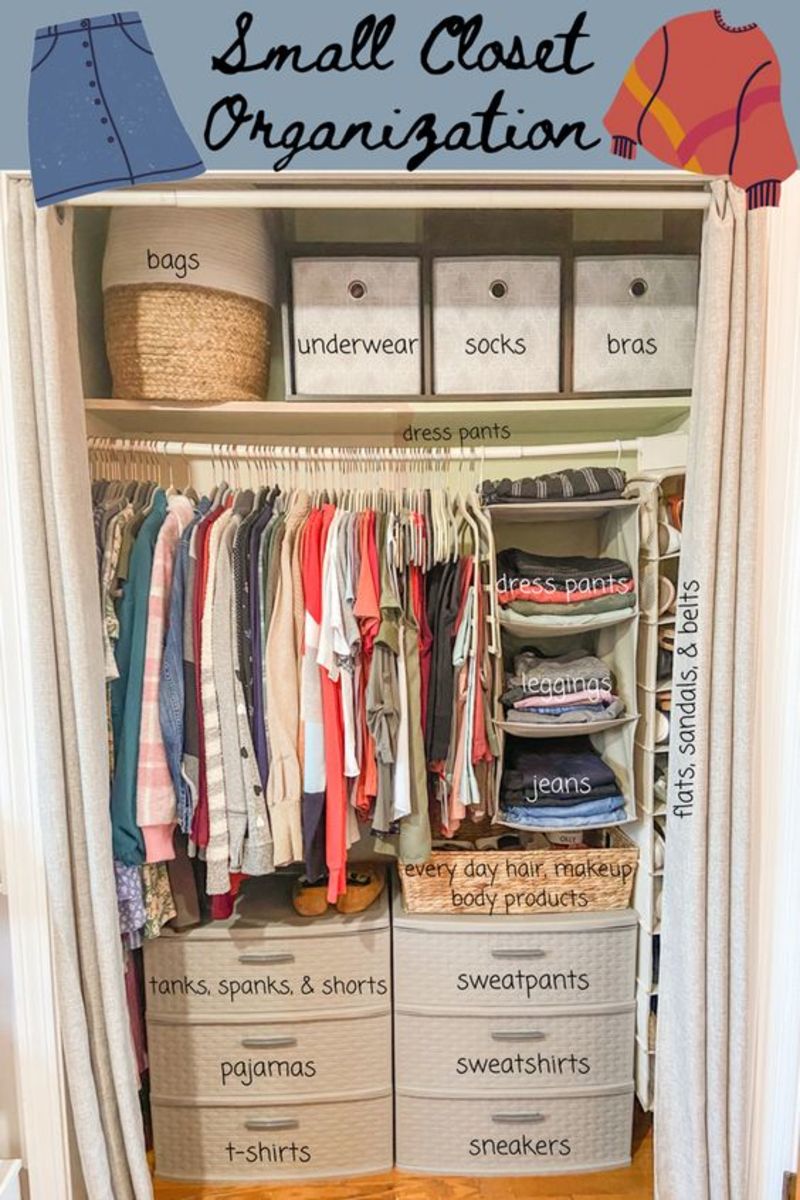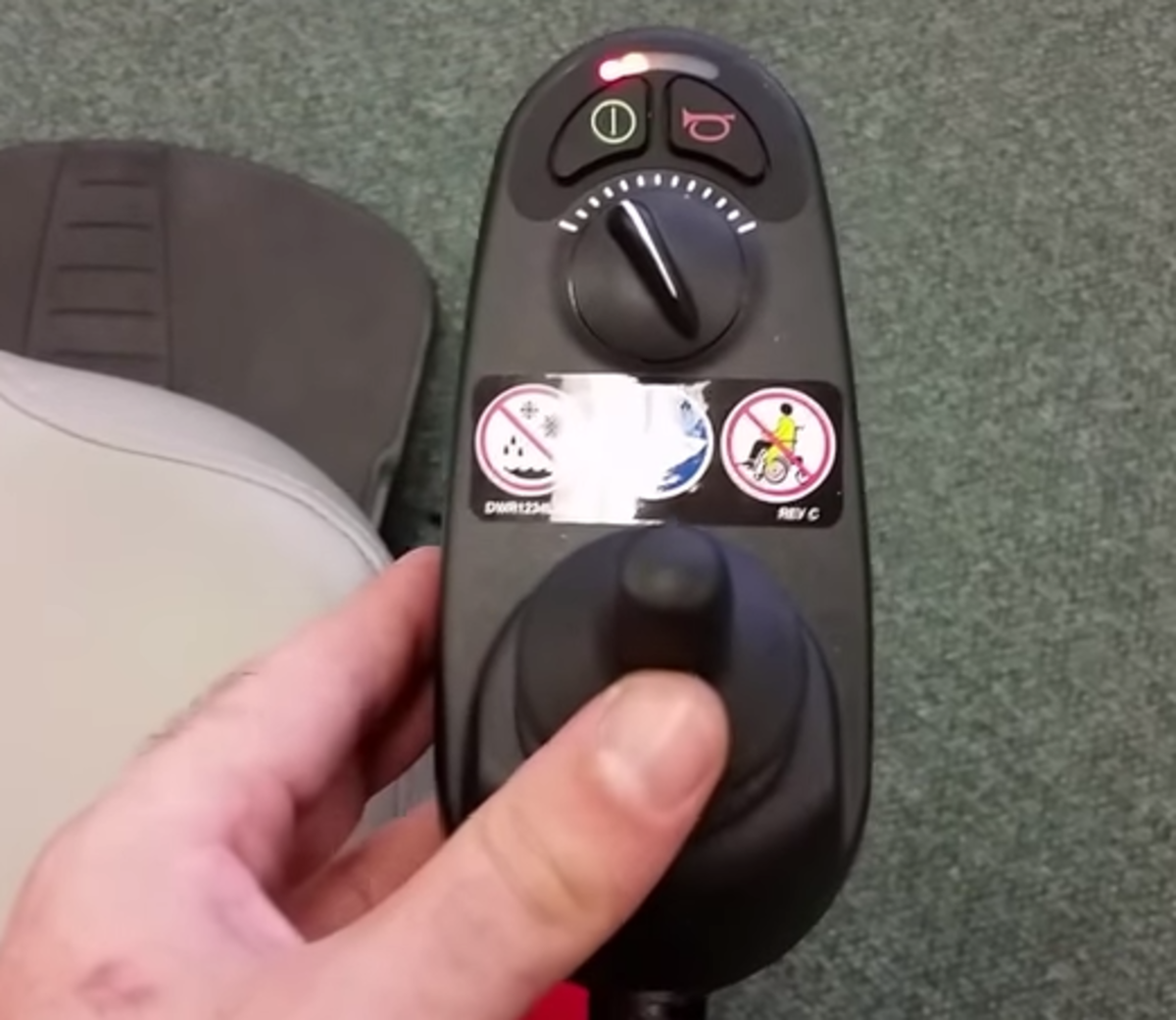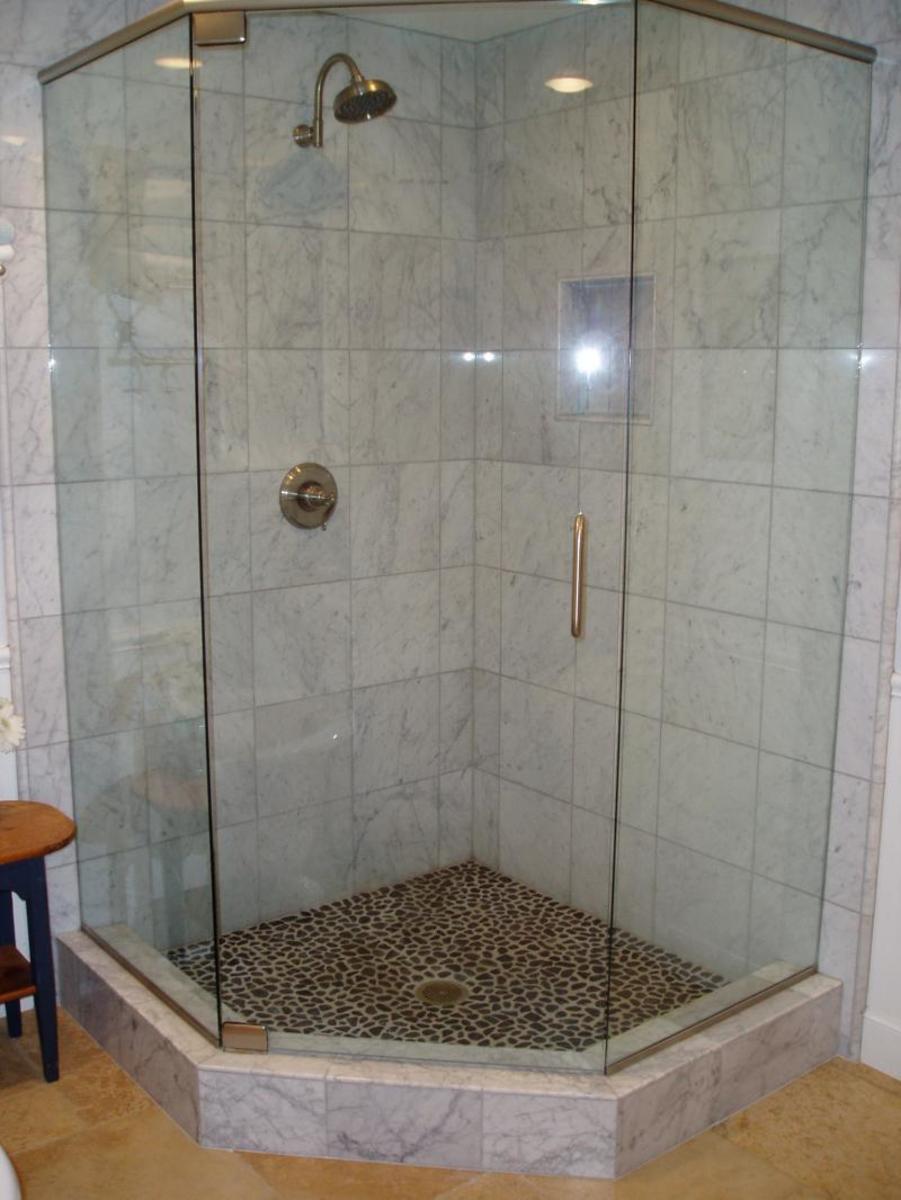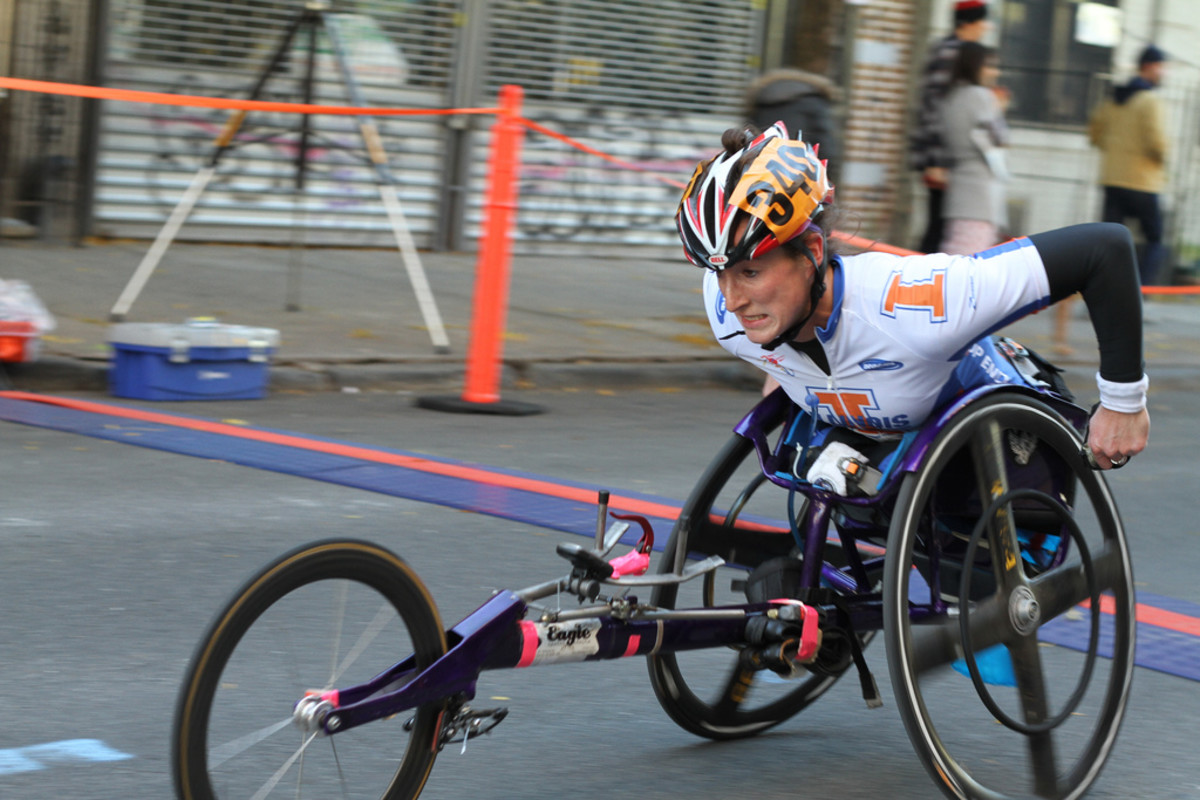How To Make Your Bathroom Accessible for the Disabled
For some people, the word “disabled” makes them picture an elderly person in a wheelchair. But in truth, a disabled person can be anyone who:
- Uses crutches
- Uses a walker
- Has a temporary disability such as a broken hip or leg
- Has a temporary condition such as pregnancy or recovery from serious surgery
- Has a debilitating condition such as arthritis
- Has a disease such as Parkinson’s or Multiple Sclerosis
In other words, “disabled” can apply to anyone who is permanently or temporarily physically challenged. People who fall in this category need and deserve a handicap accessible bathroom which they can feel safe using.
Let’s consider what you can do to make a bathroom accessible to people who have a permanent or temporary physical handicap.

Let them in: The Bathroom Entrance
For someone in a wheelchair, the door to the bathroom should be at least three feet wide. Even people who are not in wheelchairs will feel that a wide door is more welcoming. But don’t go too large or the door will become too heavy to open.
Make the door handle user friendly. It should be a simple lever that can be pushed down or a D-shaped handle a person can easily grip. Small, round knobs can be very difficult for people who have trouble gripping things.
Let them move around: Floor Space and Flooring
If the disabled person uses a wheelchair, 5 feet of circular space is recommended. This means the wheelchair will be about to turn around completely when in the bathroom.
Try to keep the floor free of clutter. A waste basket or a clothes hamper may seem like a natural addition to a bathroom, but these are items a disabled person can trip over. Rugs, even the ones with non-skid backing, also represent an obstacle to easily moving around a bathroom.
Ceramic tile that is slip-resistant would seem to make sense in a handicap bathroom. But the Tile Council of America of North America (TCNA) and The Ceramic Tile Institute of America (CTIOA) each use a different test when measuring slip resistance. If you want to use tile, consult with a professional and ask them to justify their tile choice.
Let them sit in comfort: The Toilet
People in wheelchairs are not the only ones who have to learn how to maneuver themselves onto a toilet. It can be a learning experience for anyone who has to hobble around the bathroom. Here are some options for making the toilet accessible.
- Toilet safety frame. This is a frame, with armrests, that attaches to the toilet seat. On some safety frames the height can be adjusted. The armrests help the handicapped person getting on and off the toilet seat.
- Toilet riser. This is a spacer of about 3 or 4 inches that you install under the base of your standard toilet. It simply raises the toilet seat to a height where it’s easier for the disabled person to get on.
- Taller toilet. The standard toilet is about 14 or 15 inches high. But you can buy and install toilet seats that are 17 or 18 inches high.
If you use a toilet riser or taller toilet, be sure you add grab bars to both sides of the toilet.
Let them bathe: The Shower and Bathtub
A barrier-free bathroom should have a shower, bathtub, or both.
A walk-in shower enclosure should be about 4 feet square with an opening of about 3 feet. With no barrier to entry, a wheelchair or shower commode could easily enter the shower.
Even people without wheelchairs would probably enjoy having a freestanding shower seat available once inside the shower stall. Plastic molded shower chairs may have backs and arms and can usually be adjusted to fit people of different heights.
Another option is a shower transfer bench. The person in a wheelchair can transfer from their chair to the bench and then slide to the appropriate seat inside the shower stall.
Transfer benches can also be used to help someone get into a tub. Part of the bench is outside the tub. The person gets on, then slides to the part of the bench inside the bathtub.
Some people with disabilities prefer a walk-in tub. They find they are able to maneuver over the typical 2-inch high step to get into the tub. They then can sit comfortably on the seat that is usually part of the walk-in tub.
For both the shower and bathtub, an easily reachable handheld showerhead is recommended. This will let the disabled person control the water spray on their body.
Let them have some personal comfort: Sinks, Faucets, and Mirrors
All bathrooms should have sinks. But there are some special considerations for a sink in the handicap accessible bathroom. First, there should be floor space under the sink so someone can roll their wheelchair under it. And keep in mind that some disabled people who are not in wheelchairs will prefer to sit when at the sink so they do not get tired. If there are any hot water pipes under the sink they should be insulated.
The faucets on the sink should be easy to turn, especially for people with arthritis. Think about using a single handle or a lever. An ADA complaint faucet should require less than 5 pounds of pressure to operate.
For a bathroom mirror, consider using a full length mirror mounted where someone in a wheelchair can see themselves. Or you can have a pull-out mirror mounted where it can be reached by someone sitting down. A third option is a mirror over the sink that is tiled down.
Give them something to hold on to: Grab Bars
No handicap accessible bathroom is complete (or safe) without grab bars. They should be located on shower and tub walls to make it easier for people to get in and out. And grab bars should also be placed on both sides of the toilet seat.
Make sure there is enough space between the walls and the grab bars for a disabled person’s hand to fit.
Summary
Products to make a bathroom accessible to the disabled are becoming more and more common. Homeowners should now be thinking long range – not only about taking care of elderly disabled parents, but of being able to accommodate anyone in the family who has a permanent or temporary disability.




